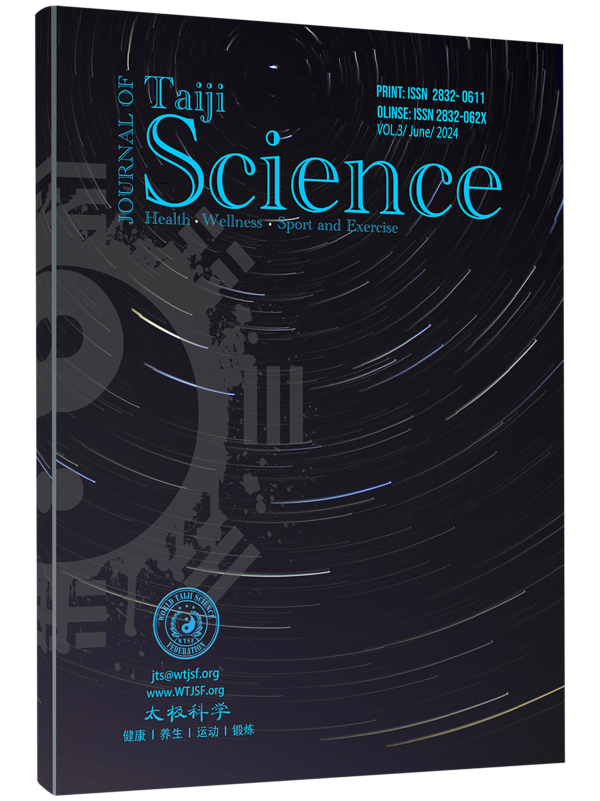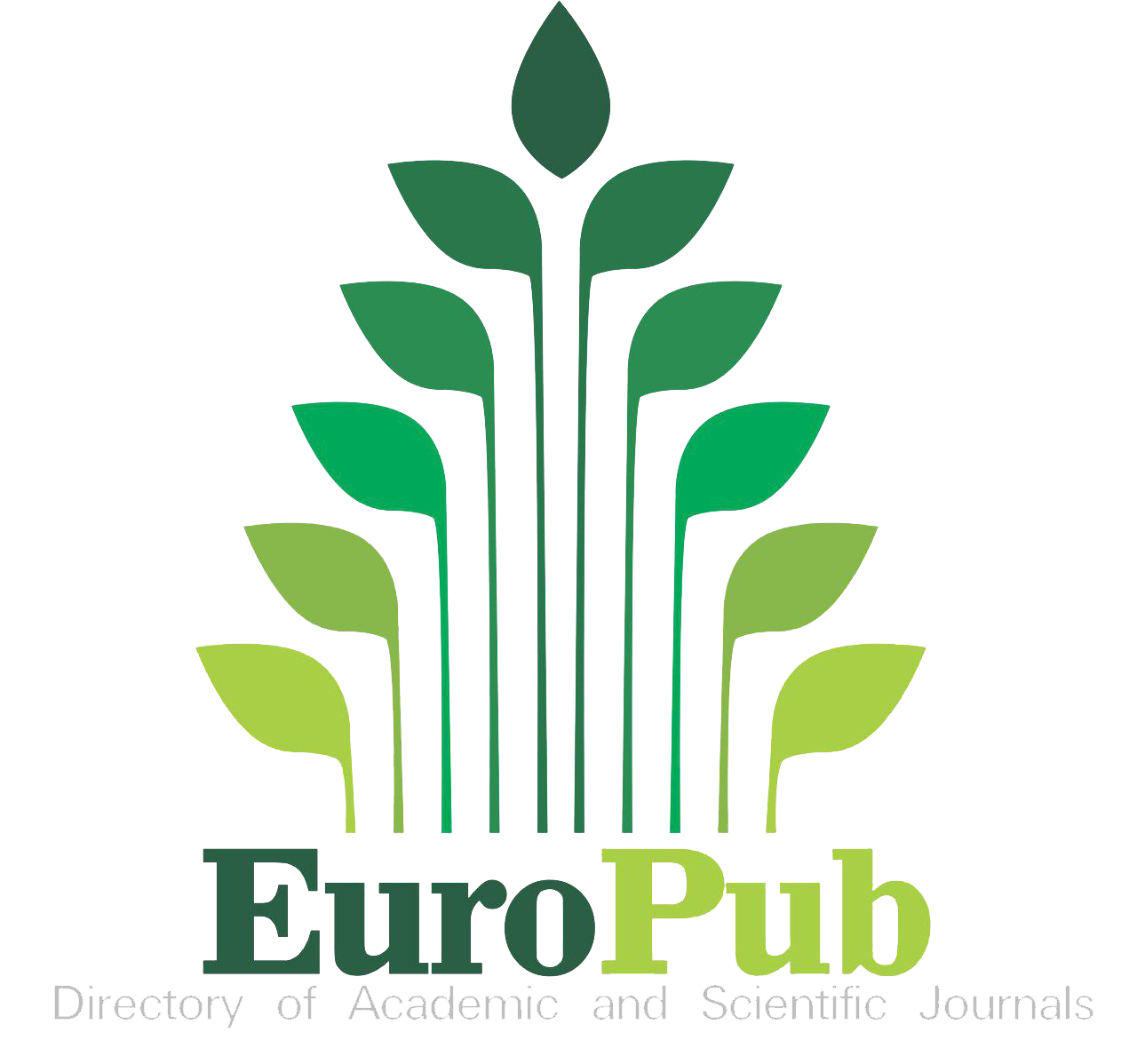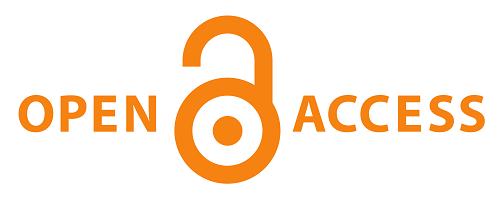Physiological Crosstalk, Taijiquan, Qigong, And Traditional Chinese Medicine
DOI:
https://doi.org/10.57612/JS24.JTS.03.05关键词:
Oriental Medicine, Martial Arts, Meditation, Mindfulness, Tai-Chi Chuan摘要
Taijiquan (TJ) and Qigong (QG) are part of the Traditional Chinese Medicine (TCM) therapeutic arsenal, together with acupuncture, moxibustion, Tui Na, pharmacology, dietetics, and surgery. In the Chinese Warring States Period (475-221 BC), physical exercises were already practiced for maintaining health, and represent the fundamentals of QG while TJ was created as a martial art and later practiced as a therapeutic method. They differ from western physical education because they intend to make beneficial modifications in the Qi (energy), the blood, the body fluids, and promote the harmonious flow of the Qi in special channels and collaterals named Jing-Luo, which are concepts quite different from Western physical education. Nowadays researchers have been demonstrating the existence of the Jing-Luo, although they still don´t know the nature of the Qi. Ancient Chinese theories explain this energetic physiology. According to modern science, Exerkines are humoral factors secreted into circulation in response to exercise, which is responsible for the interplay between distant organs and systems. The intercommunication exerted by these biomolecules resembles parts of Chinese theories and could be a reference to evaluate the Chinese theories, and/or, the Chinese theories could be tested as a guide for searching for new biomolecules.
下载次数
##submission.downloads##
已出版
期次
栏目
##submission.license##
##submission.copyrightStatement##
##submission.license.cc.by4.footer##所有文章将永久在线向公众开放,无任何限制或订阅费用。所有文章均可自由使用、引用和传播,前提是需给予适当的署名。作者保留其原始作品的版权。已发表的文章同时依据知识共享(Creative Commons, CC)署名许可协议进行授权。根据维基百科,“CC许可协议适用于当作者希望赋予他人分享、使用及基于其创作进行再创作的权利时使用的授权方式

















